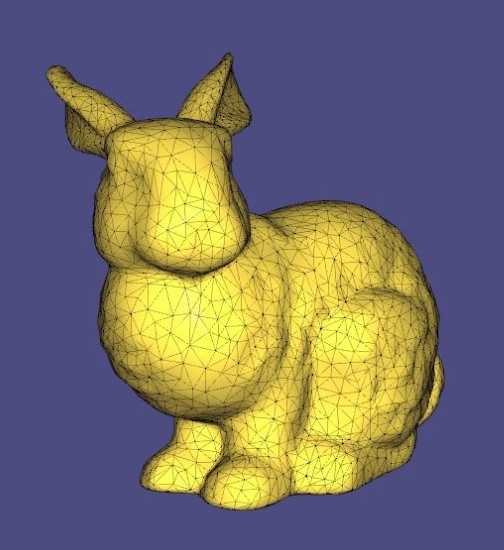Bunny carries plastic DNA
 International researchers have embedded plans for a 3D-printed bunny in synthetic DNA.
International researchers have embedded plans for a 3D-printed bunny in synthetic DNA.
DNA is capable of fitting vast amounts of information into a tiny space, and may one day replace traditional storage, like hard drives and magnetic tapes.
Researchers at ETH Zurich were able to encode the blueprint into DNA molecules, which were embedded into plastic beads then used to print the bunny.
They were then able to clip a tiny piece from the printed model and use the DNA within the plastic to re-print the bunny for five generations, even nine months after the first one was made.
Yaniv Erlich, Robert Grass and colleagues developed the ‘DNA-of-things’ storage architecture to produce materials with immutable memory.
In a second experiment the authors encoded a video about the Oneg Shabbat archive, a collection of documents from the Warsaw Ghetto, into plexiglass and used this material to make ordinary reading glasses. The concealed information was recoverable from just a tiny fragment of plexiglass.
The authors propose that the ‘DNA-of-things’ concept could be applied to the manufacturing of everyday objects that conceal information and might even be a step towards self-replicating machines.








 Print
Print